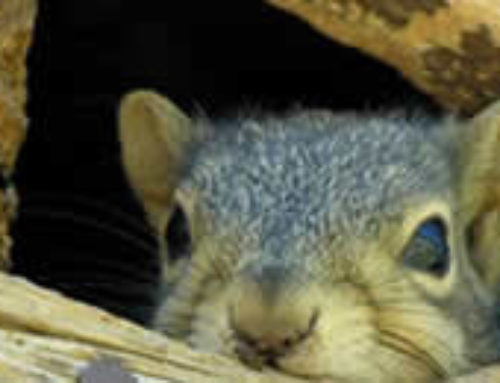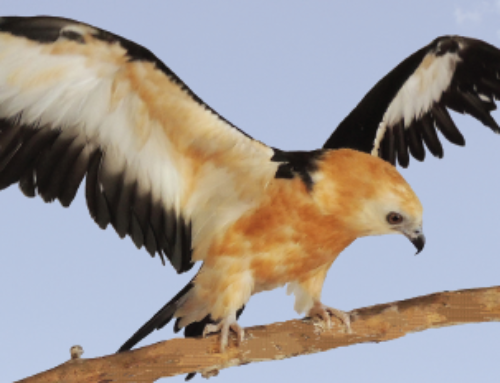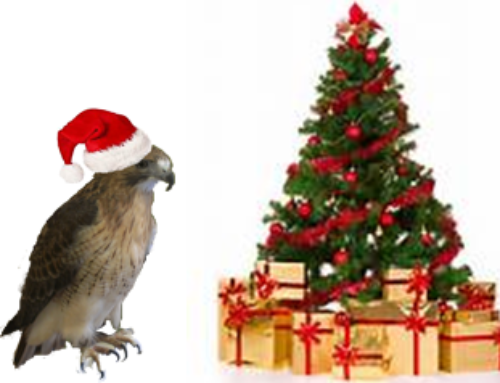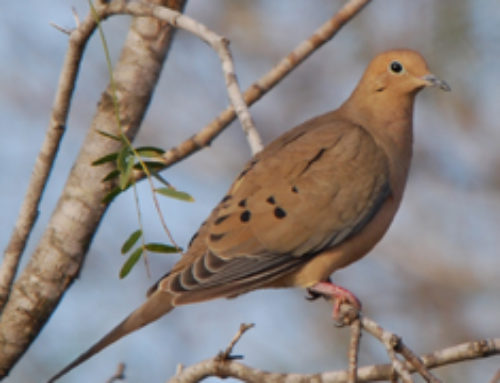During the winter one of the projects undertaken by several WR&E volunteers and staff was to upgrade their incubation program. A great deal of research went into improving the candling, heat, humidity and turning of the eggs. It was an interesting project and the center is looking forward to implementing new procedures. Almost all birds are protected by international treaties which are enforced by the United States Fish and Wildlife, this includes eggs. When USF&W grants permission to “take” the eggs they can be brought to the Wildlife Center. These international treaties also protect the nest as well.
 The most common bird egg that is brought to the Wildlife Center is the Killdeer. Killdeer look a little like a sandpiper, but they are a grassland bird. They like both natural grasslands like plains and prairies and manmade grasslands like pastures, golf courses and suburban lawns. They are about the size of a Cardinal, but stand 9 – 11 inches tall because of long stilt-like legs.
The most common bird egg that is brought to the Wildlife Center is the Killdeer. Killdeer look a little like a sandpiper, but they are a grassland bird. They like both natural grasslands like plains and prairies and manmade grasslands like pastures, golf courses and suburban lawns. They are about the size of a Cardinal, but stand 9 – 11 inches tall because of long stilt-like legs.
Killdeer don’t build nests, but instead lay 4 speckled eggs in a shallow depression or among gravel or small rocks. It is best known for pretending to have a broken wing to lure predators away from the nest or young. To make sure the predator sees they are “injured” they call kill-DEE in a very loud voice.
The babies are precocial, which means that soon after they hatch they are running about and foraging for themselves. They look like a miniature adult. The parents provide protection and may show the babies where good food is, but they don’t actually feed the babies. The babies are all grown up by the end of the summer. They live just about everywhere in the United States. In warm states like Texas they live here year-round. In colder states they migrate south, sometimes as far as South America.
 The number of baby birds at the Wildlife Center is beginning to grow. At the other end of the spectrum, babies that need the parents to feed them at first are called altricial (which means “needs nourishment”). Doves are the most plentiful at the Wildlife Center right now. Dove are one of the more difficult bird species to raise. This is because the parents feed their young by putting their beak deeply into the baby’s mouth and transferring food directly from their crop. This is called “crop milk” and is produced by specialized fluid-filled cells from the lining of the crop. To simulate the method and type of food, rehabilitators’ must mix a slushy formula and place it directly into the baby’s crop with a tube. Rehabilitators that are very experienced with “tubing” find it a fast and easy method of feeding, but it is not an easy technique to master.
The number of baby birds at the Wildlife Center is beginning to grow. At the other end of the spectrum, babies that need the parents to feed them at first are called altricial (which means “needs nourishment”). Doves are the most plentiful at the Wildlife Center right now. Dove are one of the more difficult bird species to raise. This is because the parents feed their young by putting their beak deeply into the baby’s mouth and transferring food directly from their crop. This is called “crop milk” and is produced by specialized fluid-filled cells from the lining of the crop. To simulate the method and type of food, rehabilitators’ must mix a slushy formula and place it directly into the baby’s crop with a tube. Rehabilitators that are very experienced with “tubing” find it a fast and easy method of feeding, but it is not an easy technique to master.
Trying to determine whether a baby bird needs assistance and what form that help should take is complicated. For guidance try the articles under the “Need Help” tab.






Leave A Comment